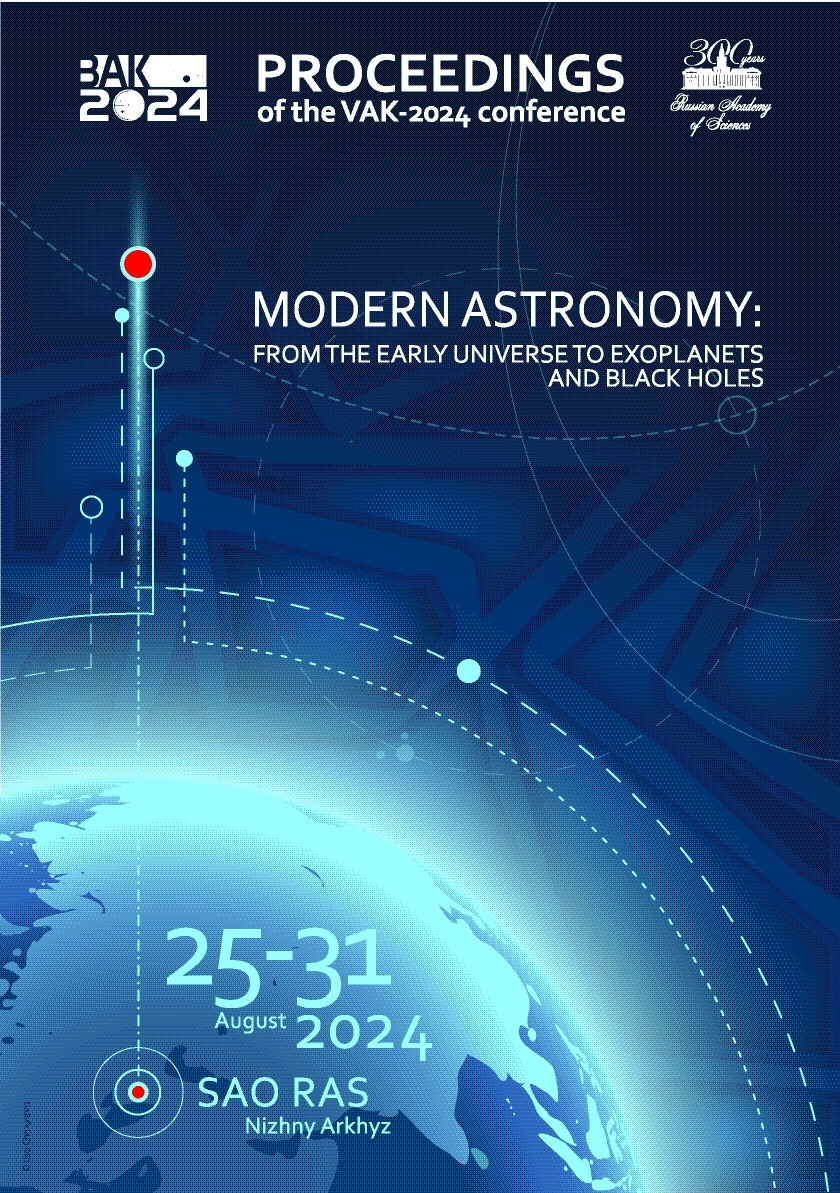УДК 53 Физика
УДК 520 Инструменты, приборы и методы астрономических наблюдений, измерений и анализа
УДК 521 Теоретическая астрономия. Небесная механика. Фундаментальная астрономия. Теория динамической и позиционной астрономии
УДК 523 Солнечная система
УДК 524 Звезды и звездные системы. Вселенная Солнце и Солнечная система
УДК 52-1 Метод изучения
УДК 52-6 Излучение и связанные с ним процессы
ГРНТИ 41.00 АСТРОНОМИЯ
ГРНТИ 29.35 Радиофизика. Физические основы электроники
ГРНТИ 29.31 Оптика
ГРНТИ 29.33 Лазерная физика
ГРНТИ 29.27 Физика плазмы
ГРНТИ 29.05 Физика элементарных частиц. Теория полей. Физика высоких энергий
ОКСО 03.06.01 Физика и астрономия
ОКСО 03.05.01 Астрономия
ОКСО 03.04.03 Радиофизика
ББК 2 ЕСТЕСТВЕННЫЕ НАУКИ
ББК 223 Физика
ТБК 614 Астрономия
ТБК 6135 Оптика
BISAC SCI004000 Astronomy
BISAC SCI005000 Physics / Astrophysics
Let a point of zero mass move under the influence of attraction to the central body and a small perturbing acceleration $P' = P/r^2$, where $r$ is the distance to the attracting center, the components of the $P$ vector are assumed to be constant in the reference system with axes directed along the radius vector, transversal and angular momentum vector. For this problem, the equations of motion in the mean elements and formulas for the conversion from osculating elements to the mean ones in the first order of smallness were previously found. The analytical solution to the averaged equations and the Euclidean (root-mean-square over the mean anomaly) displacement norm $\varrho^2=||dr||^2$ were also obtained earlier, where $dr$ represents the difference between the position vectors in the osculating and mean orbits. Using these relations, it is possible to estimate the $\varrho$ magnitude of short-period orbital disturbances arising due to the presence of a small perturbing acceleration $P'$, as well as the $d$ displacement of the position of the asteroid in the mean perturbed orbit from its unperturbed position after one orbital period. For 412 near-Earth asteroids (NEAs), the $\varrho$ displacement and the $d$ distance were calculated. An analysis of the calculation results showed that in most cases the deviation of the osculating orbit from the mean one due to periodic perturbations is small, however, cases with the $\varrho$ displacement of the order of several tens and hundreds of kilometers have been identified. This indicates the need to take into account short-period disturbances when short-term forecasting the movement of these objects, e.g. when planning space missions.
celestial mechanics; minor planets, asteroids: general; methods: analytical; reference systems
1. Sannikova T.N. and Kholshevnikov K.V., 2019, Astronomy Reports, 63, 5, p. 420
2. Sannikova T.N. and Kholshevnikov K.V., 2020, Astronomy Reports, 64, 9, p. 778
3. Sannikova T.N., 2024, Astronomy Reports, 68, 3, p. 331
4. Sannikova T.N., 2021, Astronomy Reports, 65, 4, p. 312







